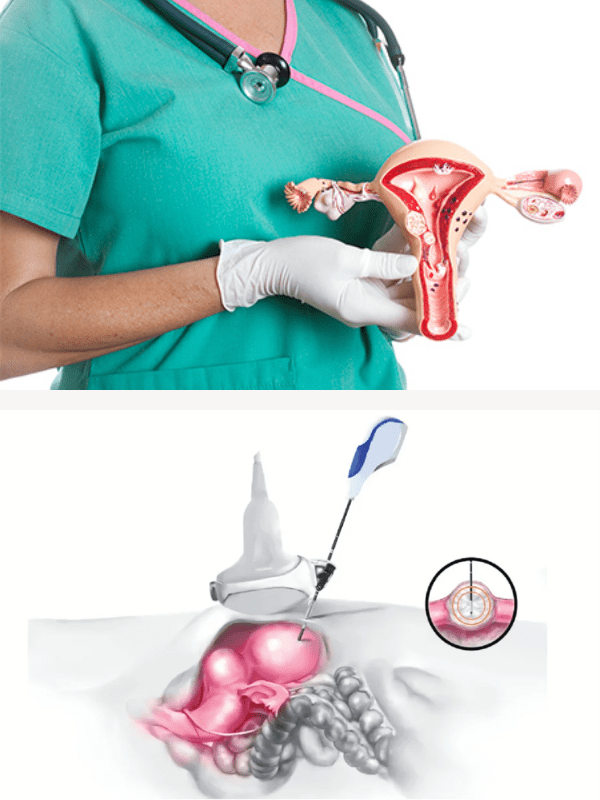Microwave Therapy For Uterine Fibroids

What are the advantages of Microwave Therapy for Uterine Fibroids?
Microwave therapy, also known as microwave ablation, is a minimally invasive treatment option for uterine fibroids. It has several advantages over traditional surgical treatments for fibroids, including:
Non-invasive: Microwave therapy is a non-invasive treatment that does not require any incisions or surgical cuts. It is performed through a small incision made in the skin, which reduces the risk of complications and shortens the recovery time.
Outpatient procedure: Microwave therapy is typically an outpatient procedure, meaning patients can go home on the same day as the treatment. This reduces the cost of hospitalization and allows patients to return to their normal activities quickly.
High success rate: Microwave therapy has a high success rate in treating uterine fibroids. Studies have shown that it can reduce fibroid size and symptoms such as heavy menstrual bleeding and pelvic pain.
Quick recovery time: Recovery time after microwave therapy is typically shorter than after traditional surgical treatments for fibroids. Patients can usually return to work and normal activities within a few days.
Minimal scarring: Microwave therapy leaves minimal scarring compared to traditional surgical treatments. This is because the incision is small and the procedure is performed under local anesthesia, which reduces the risk of scarring.
Reduced risk of complications: Microwave therapy has a lower risk of complications than traditional surgical treatments. This is because the procedure is less invasive and is performed under local anesthesia, which reduces the risk of complications such as bleeding, infection, and nerve damage.
Overall, microwave therapy is a safe and effective treatment option for uterine fibroids, with several advantages over traditional surgical treatments. However, it’s important to consult with a medical professional to determine if this treatment option is suitable for your specific case.

